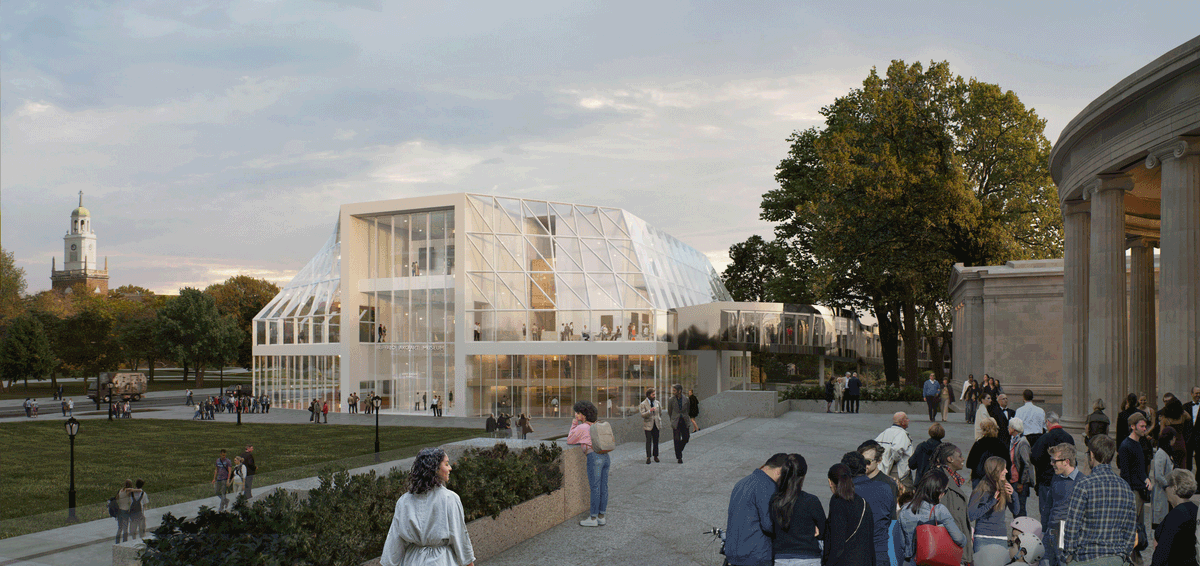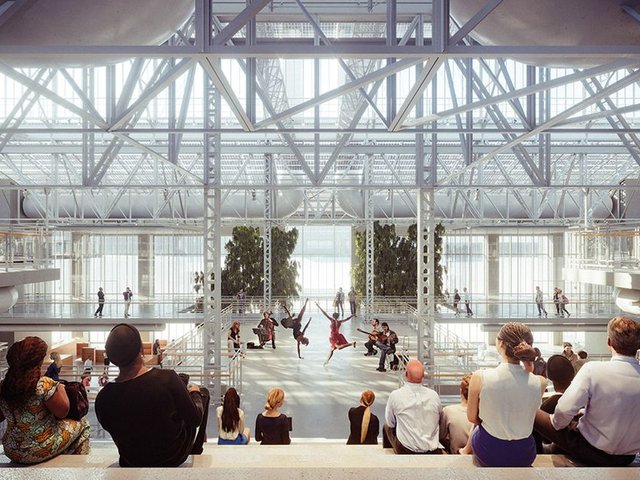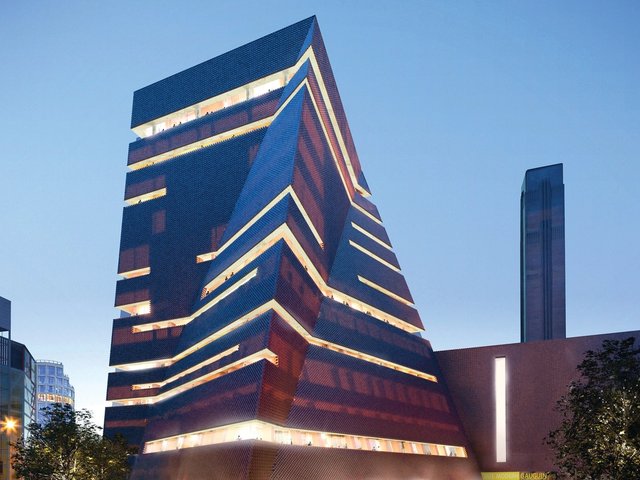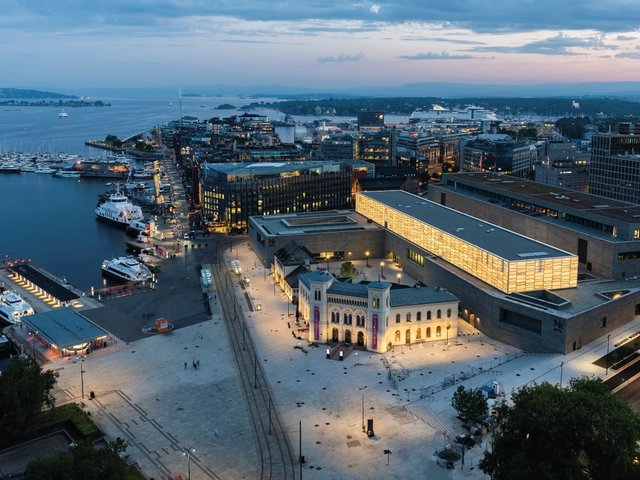Buffalo AKG Art Museum, Buffalo, US
Opening 25 May, $230m
Museums, especially American museums, need friends with deep pockets. But when the museum previously known as the Albright-Knox in Buffalo, a former industrial city on the western edge of New York State, started trying to raise funds for an expansion, it did not expect to find a friend quite so generous as Jeffrey Gundlach. A billionaire financier living in Los Angeles, he had never before donated money to the museum but had fond memories of visiting the Albright-Knox as a child. He proposed an ambitious public-private fund-matching effort and ended up giving $65m of his own money.
Gundlach’s largesse has resulted in the initial letter of his surname being added to those of the previous big donors to create the renamed Buffalo AKG. His name will also stand proud on a large new glass-walled building, which is connected to the original 1905 neo-classical galleries by a first-floor glass bridge that winds its way around some historic oak trees. The chunky new three-storey building was designed by Shohei Shigematsu of international architecture firm OMA, and adds over 30,000 sq. ft of exhibition space, including a double-height gallery intended for large-scale installations.
Elsewhere on the lakeside campus, the courtyard in the centre of the 1962 Knox building has been glazed over in the manner of the British Museum’s Great Court. The new roof is actually an artwork, Common Sky, by Olafur Eliasson and Sebastian Behmann of Studio Other Spaces. It will be the hub of the museum’s community engagement activities, including five new state-of-the-art classrooms. The museum’s director, Janne Sirén, is eager to challenge the institution’s elitist image in a city with a 30% poverty rate. “Many people appreciate the Albright-Knox in a castle-on-the-hill way, like, ‘it’s not my museum’,” he told Wallpaper magazine. “Museums can be many things, but they have to be of, and for, the community.”
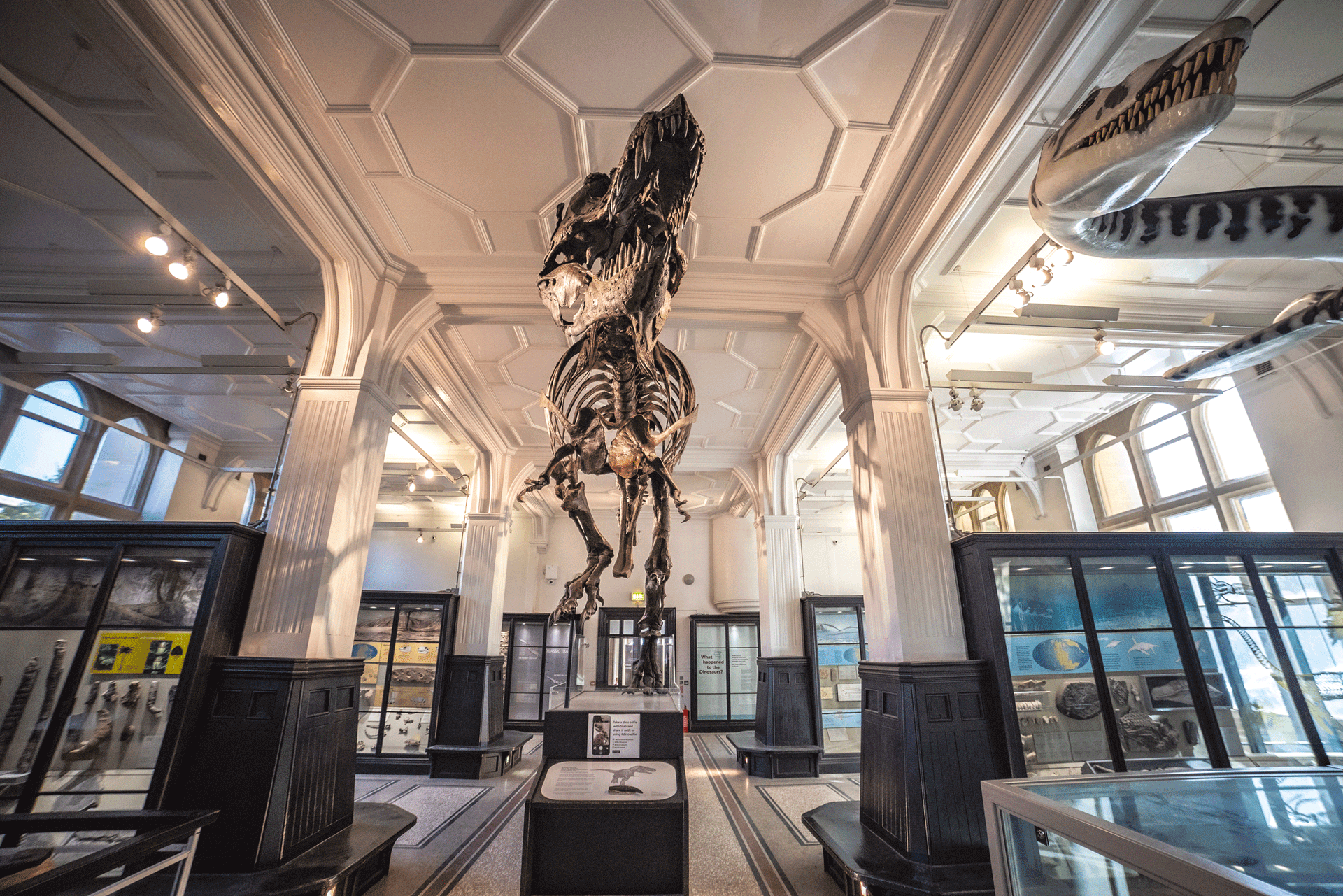
A Tyrannosaurus rex skeleton at the redeveloped Manchester Museum
Courtesy Manchester Museum
Manchester Museum, Manchester, UK
Opening 18 February, £15m
Factory International, Manchester, UK
Opening June, £186m
Factory International, the new contemporary art museum and cultural centre in Manchester, is named after Factory Records, the city’s historic record label founded in 1978 by the late Tony Wilson and responsible for discovering Manchester bands including Joy Division and Happy Mondays. Factory Records also ran Manchester’s Haçienda nightclub, which became synonymous with the early ‘Madchester’ movement. Located close to the city’s Old Granada Studios, the centre will span 144,000 sq. ft, with a roof looming 60ft above ground. The fully soundproofed warehouse space will have a standing capacity of 5,000 people, while a performance hall will seat 1,600. The centre will be used for art exhibitions, installations, opera, theatre and raves, as well as being the permanent home of the Manchester International Festival, which runs from 29 June to 16 July. The design has been overseen by Ellen van Loon of the Office for Metropolitan Architecture. Factory International will have a “unique flexibility” for a cultural space of its size, she says.
Before that, on the other side of the city centre, the redeveloped Manchester Museum will open in February. It has been redesigned by architectural practice Purcell and will now play host to a number of new exhibition spaces. The redevelopment is supported by funding from Arts Council England, the National Lottery Heritage Fund and the University of Manchester.
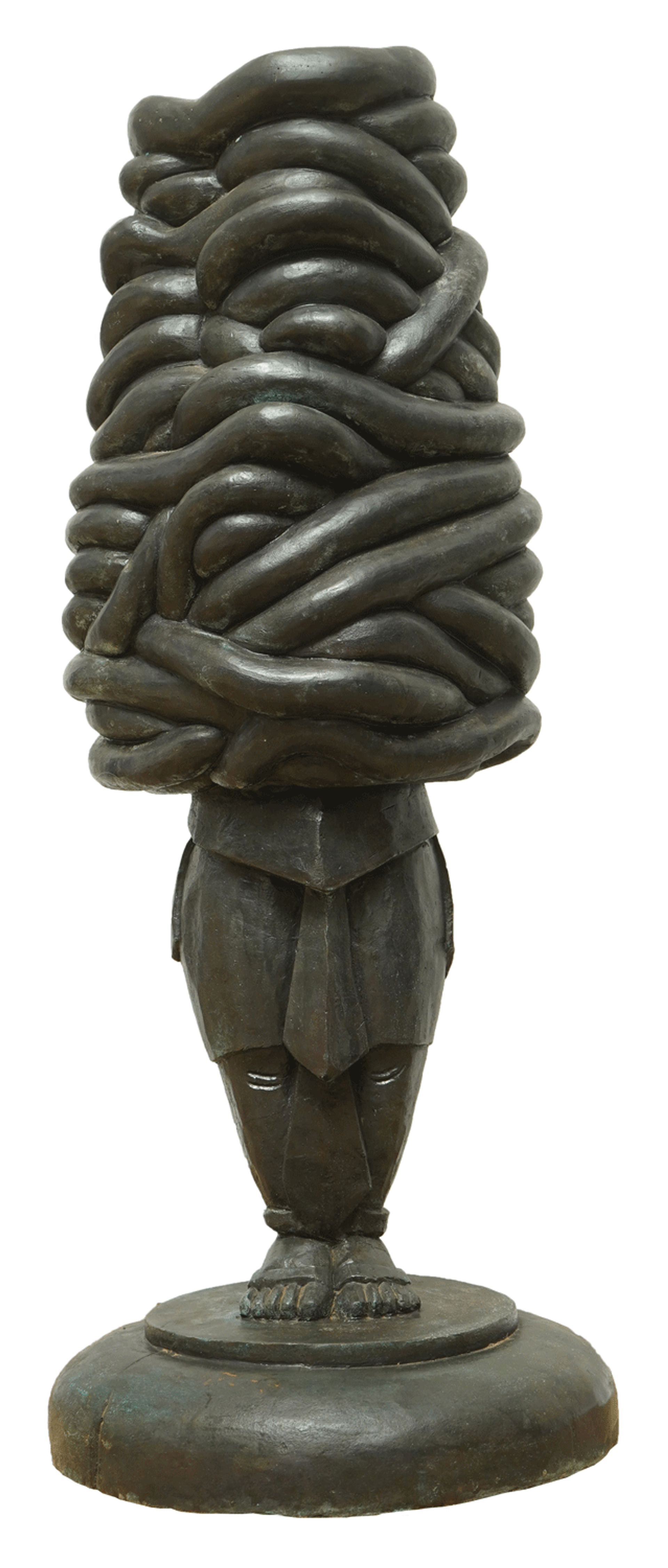
LN Tallur's Hack Geek (2022)
Courtesy MAP, Bengaluru
The Museum of Art & Photography (MAP), Bengaluru, India
Opening February, cost undisclosed
Located close to India’s so-called Silicon Valley, the Museum of Art & Photography (MAP) will be the centrepiece of Bengaluru’s new museum quarter. The museum is the creation of the Indian collector Abhishek Poddar and is designed by local architects Mathew & Ghosh. With four galleries totalling 44,000 sq. ft, the museum will house 60,000 works donated by Poddar and the private collections of the Indian businessmen Deepak Puri and Rahul Sabhnani. But MAP will not just be a home for physical artefacts; digital projects are planned in partnership with tech companies including Microsoft, Accenture and others with offices close by, in a bid to reach a generation of Indian citizens who would never be able to visit a museum otherwise.
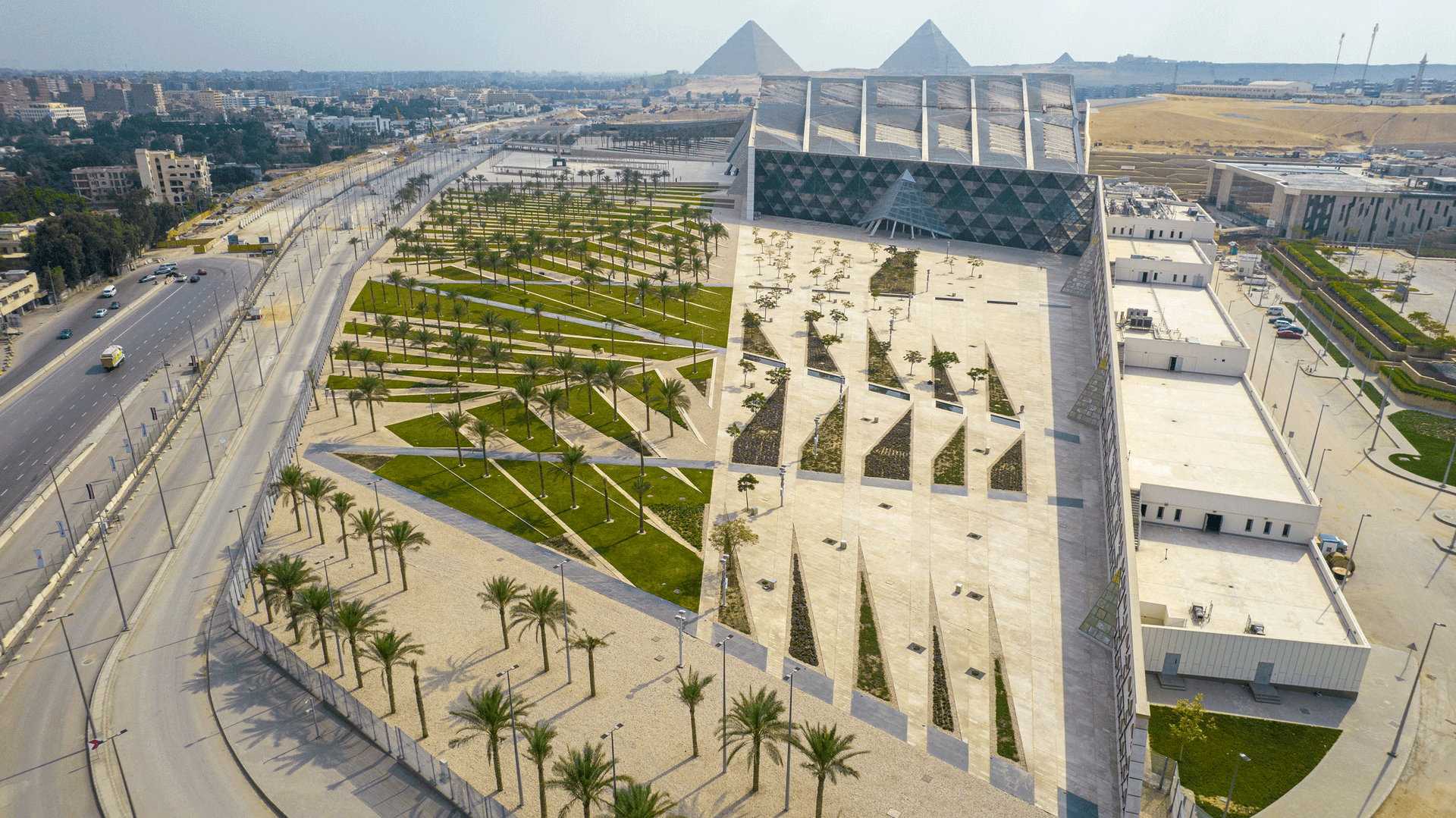
© Grand Egyptian Museum
Grand Egyptian Museum, Giza, Egypt
Opening 2023, $1bn
The Grand Egyptian Museum is a regular in our Year Ahead round-ups of upcoming openings: it featured last year and in 2020. But delays have plagued this mammoth project—the foundation stone was laid 20 years ago; the Arab Spring and Covid-19 further slowed things down. But 2023 might just be the year. The museum was “99% finished” in October, and although an opening date had not been announced by the time we went to print, some preliminary testing events have been announced. At 484,000 sq. ft, it will be the largest museum in the world dedicated to a single civilisation. The 100,000 ancient Egyptian artefacts will be complemented by a view of the pyramids. Many artefacts have been moved from other places in Egypt, including a near-complete display of the objects in Tutankhamun’s tomb. When you are dealing with artefacts that are millennia old, what is a wait of a few more months?
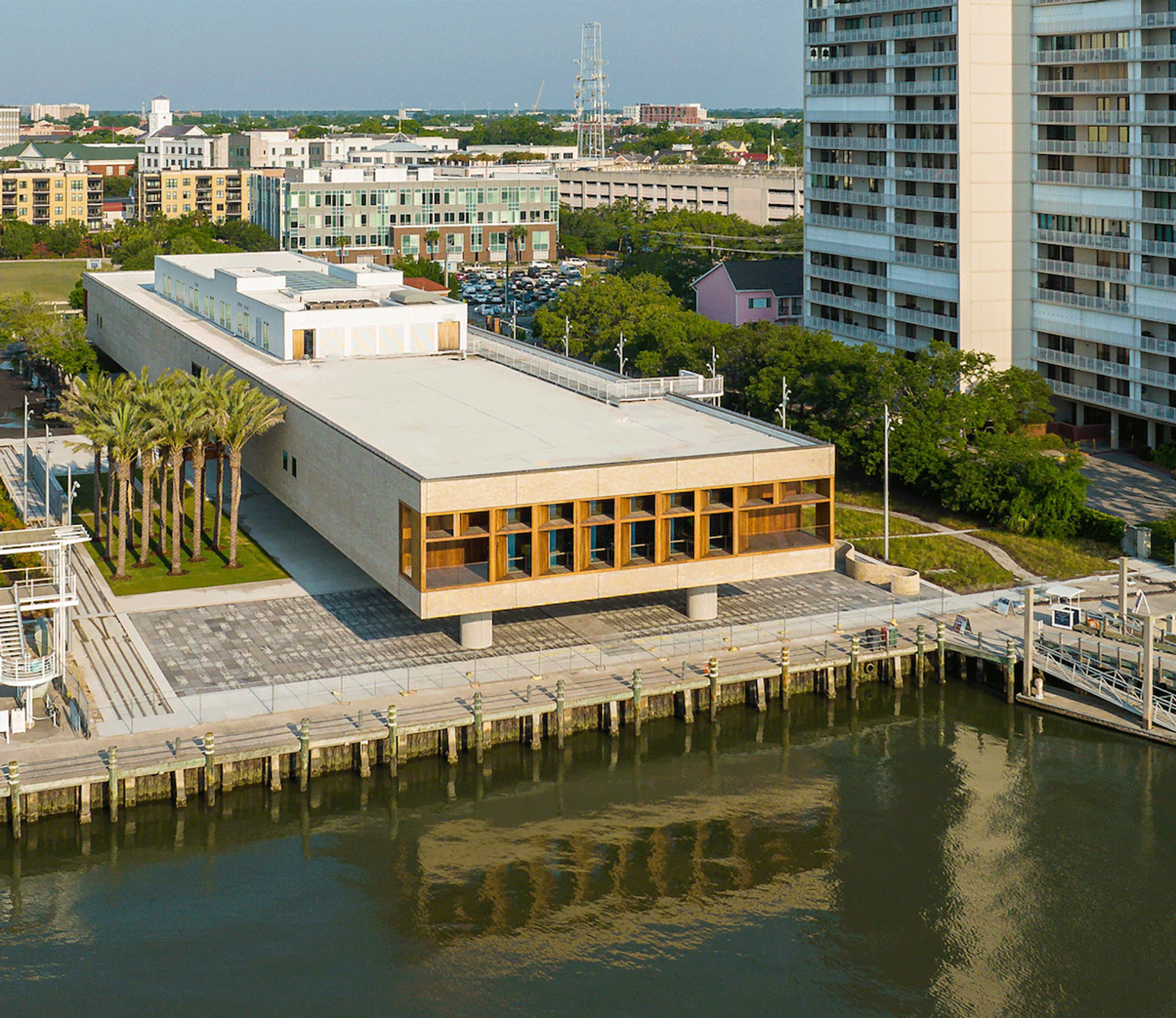
Ellis Creek Photography
International African American Museum, Charleston, South Carolina, US
Opening early 2023, $125m
Gadsden’s Wharf, in Charleston, South Carolina, was once the largest slave port in the US. More than 40% of all enslaved Africans set foot in the country through the dock—more than 100,000 people during the peak of the slave trade. Now, the International African American Museum is set to open across from the historic dock. Spanning 150,000 sq. ft, the museum was designed by the late US architect Henry Cobb and stands on a series of 13ft-tall pillars above a memorial garden designed by the landscape architect Walter Hood. It aims to comprehensively explore the cultural and socio-economic impact of slavery.
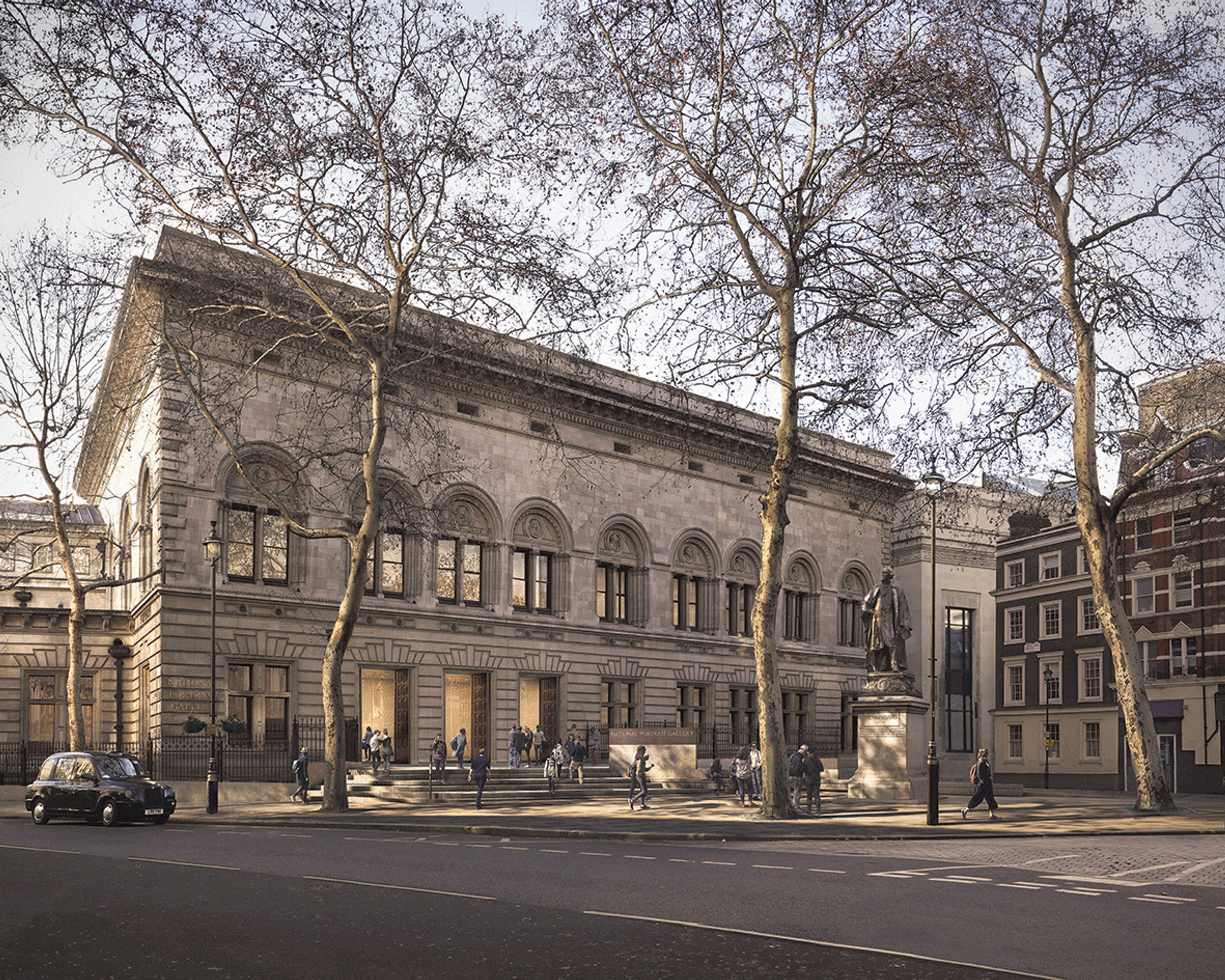
© Forbes Massie
National Portrait Gallery, London, UK
Opening 22 June, £35.5m
All of London’s big art museums had to close in March 2020 due to Covid-19; only one has yet to reopen. The National Portrait Gallery (NPG) had already been planning to shut its doors for three years for a building project, the most transformative in its history, according to
the gallery’s director, Nicholas Cullinan.
Jamie Fobert Architects has reorientated the entrance, so instead of entering by the busy Charing Cross Road, visitors will enter the gallery through a new doorway in the northern façade, via a little-used corner of land at the edge of Leicester Square. The project will also create a new double-height learning space underneath the new entrance, and includes renovation work on the whole Grade I listed building, including reopening rooflights that had been closed since the Second World War. The original east wing, recently used as offices, will reopen as galleries, while the first-floor galleries will be renamed the Blavatnik Wing, thanks to a £10m donation from the foundation of the British American businessman Leonard Blavatnik. The collection will be completely rehung.
Space has always been a problem for the NPG, which in 1896 was squeezed onto an awkward slice of land behind the much larger National Gallery. A previous attempt at making the building easier to navigate resulted in the Ondaatje Wing in 2000, designed by Edward Jones and Jeremy Dixon. This added a tall foyer with an escalator taking visitors up to the top-floor galleries.
The architect of the original building was the now little-known Ewan Christian, who had never designed a gallery before. The new entrance will draw more attention to the most exuberant part of his building, which is modelled on a Florentine palazzo in Portland stone, with portrait busts of famous British artists and historians, including Joshua Reynolds and William Hogarth.
On the horizon
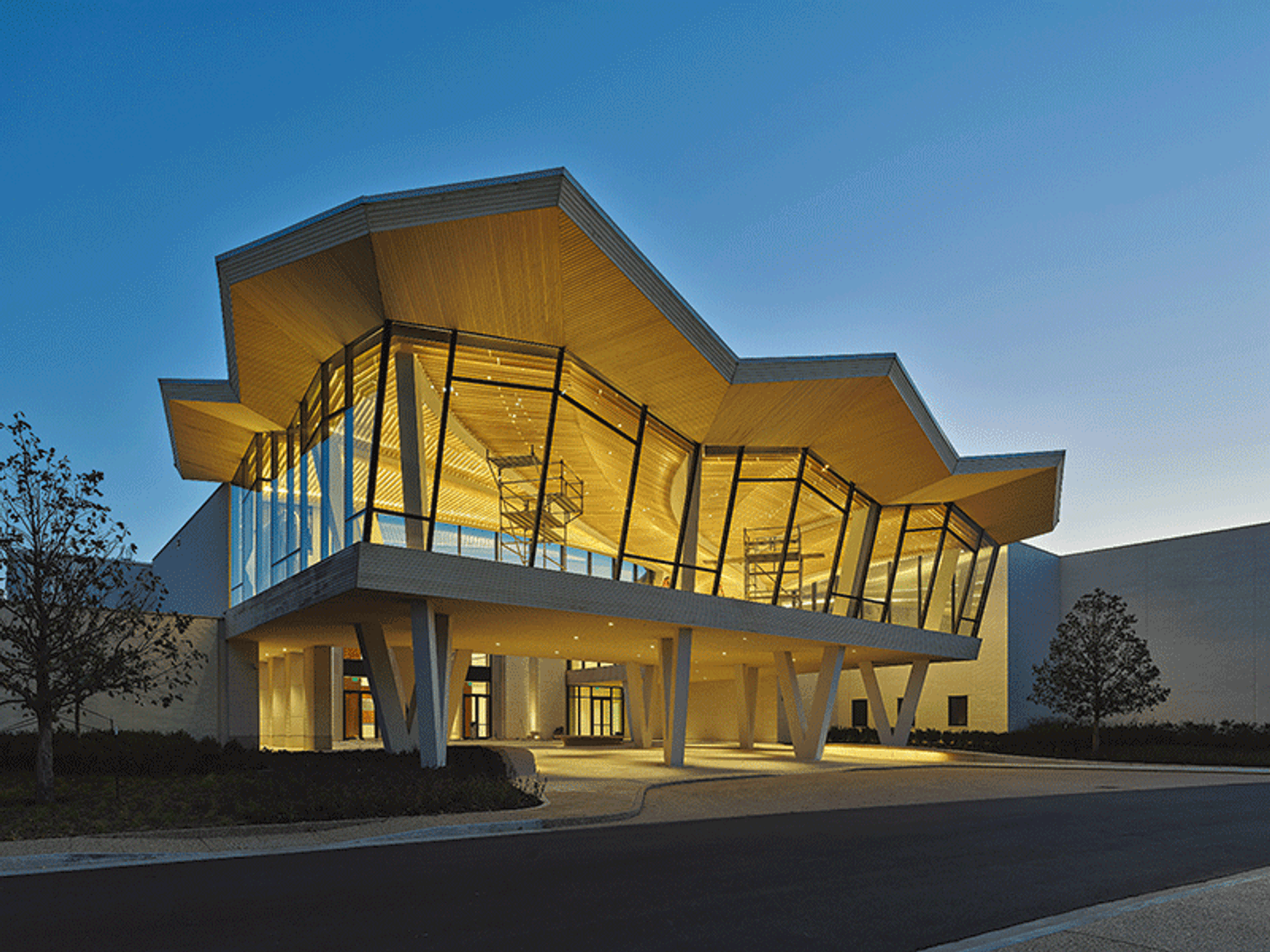
© Tim Hursley
Arkansas Museum of Fine Arts, Little Rock, Arkansas, US
The Arkansas Museum of Fine Arts has been closed for a major renovation and expansion. It will reopen on 22 April with a new atrium designed by Studio Gang, which knits together the existing parts of the building and connects it to the adjacent MacArthur Park.
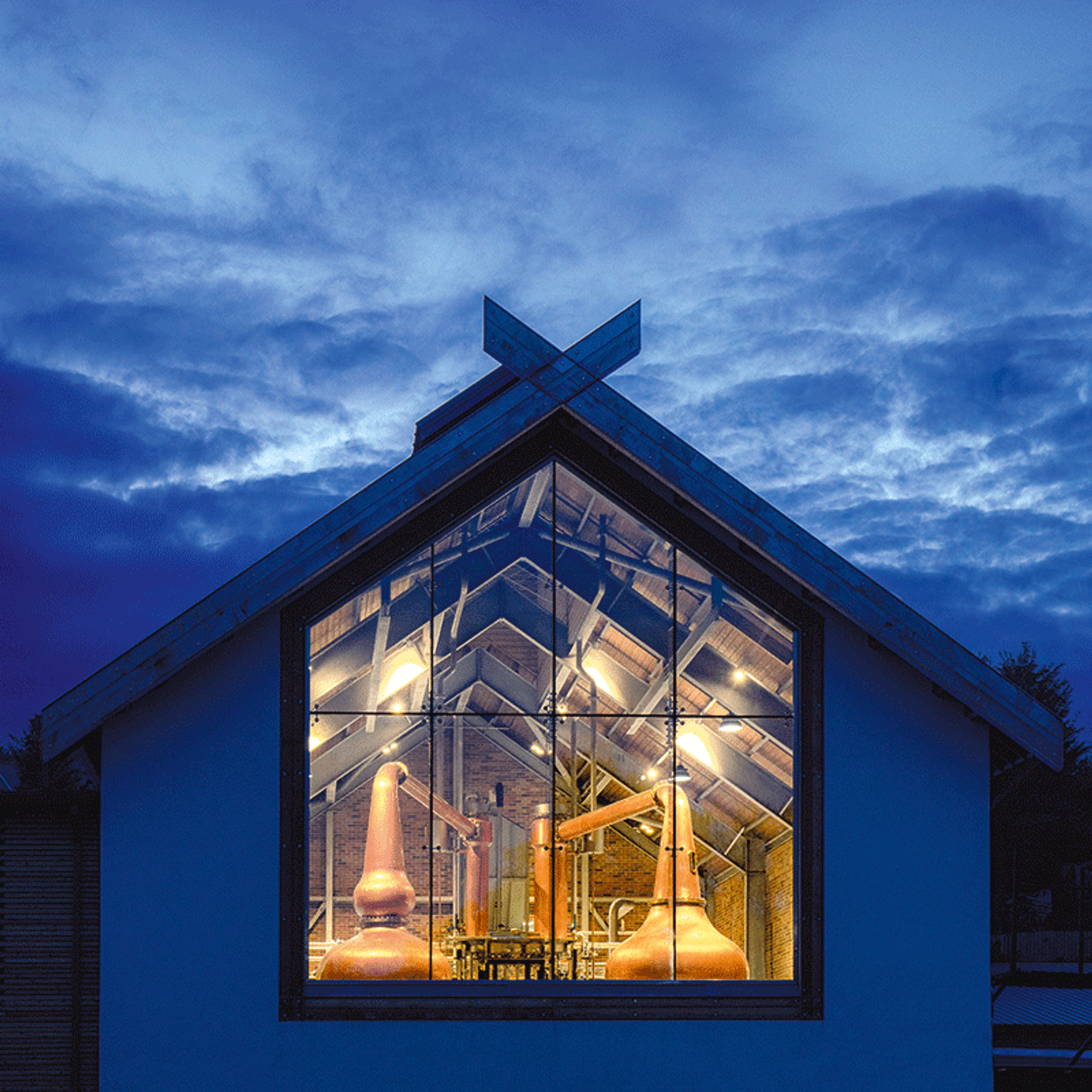
© Sally Ann Norman
Ad Gefrin, Northumberland, UK
The Anglo-Saxon royal court of Ad Gefrin will be brought to life by a new museum and visitor centre. Opening in February 2023, it will include a recreation of the great hall, local archaeological finds, items from the British Museum and others—and a whisky distillery.
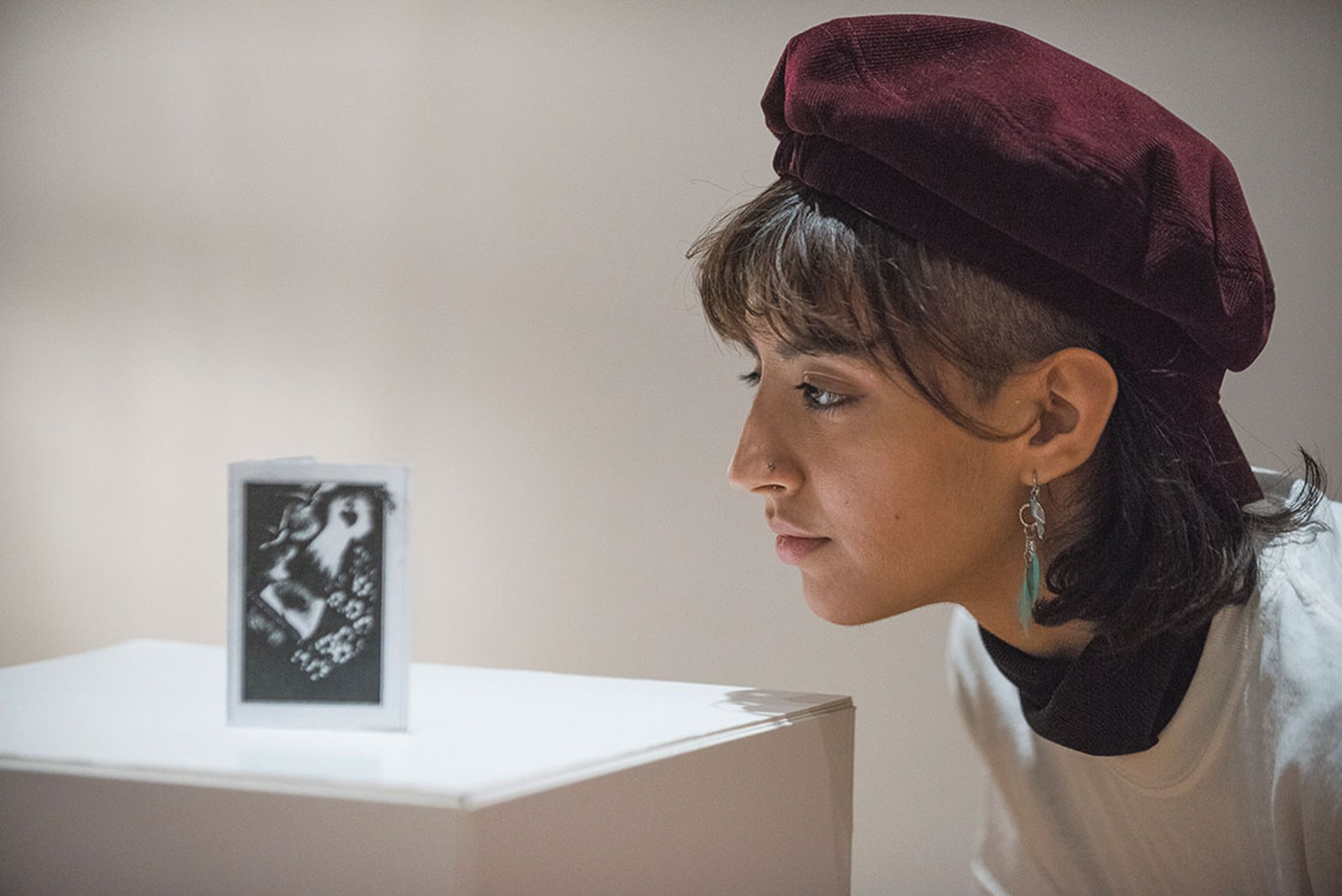
Courtesy of Museum of Homelessness
Museum of Homelessness, London, UK
The Museum of Homelessness has been running temporary exhibitions and projects since 2015. In summer 2023 it will open a space in north London, a hub for performances, talks and workshops developed by people who have experienced homelessness.


